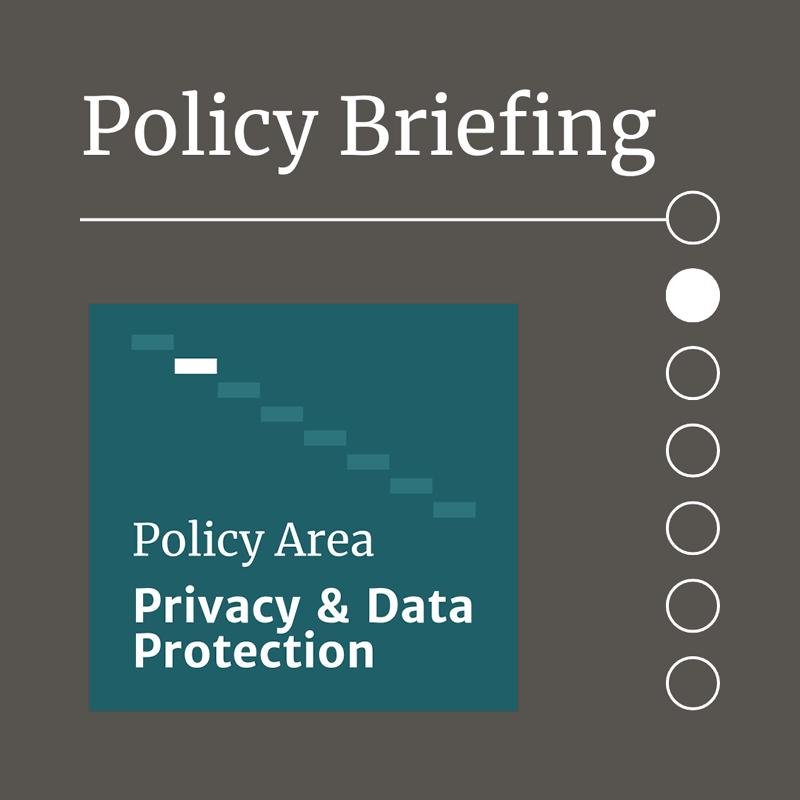Briefing: Prohibiting targeting to children and children’s best interests: Can the two coexist?

The proposal in the Privacy Act Review is to prohibit targeting to a child, with an exception for targeting that is in the child’s best interests. This is consistent with an emerging trend to apply the best interests principle to digital regulation to advance children’s rights, which is reinforced in the Privacy Act Review by proposal 16.5 (to developed a Children’s Privacy Code to reinforce how the best interests of children should be supported in the design of an online service) and proposal 16.4 (to include considerations of children’s best interests when deciding if the collection, use and disclosure of information is fair and reasonable).
The proposal for a Code has been agreed, and the proposal to consider children’s best interests in fair and reasonable assessments has been agreed-in principle. This suggests that over time, understanding what is in children’s best interests within the privacy framework will become increasingly important for regulators, industry and children themselves.
Against this backdrop, Reset Tech Australia convened a policy roundtable of 17 experts, with expertise across child rights, privacy and research, to explore the proposals for a prohibition of targeting children except where it is in children’s best interests. Three key questions about the proposal provoked the discussion:
- How do we make sense of the best interests principle in a digital context?
- Targeting children in the Privacy Act: what does this mean?
- European approaches to targeting children: are they in their best interests?
Cover Image by Alan Warburton / © BBC / Better Images of AI / Social Media / CC-BY 4.0. Image displays a photographic rendering of a smiling face emoji seen through a refractive glass grid, overlaid with a diagram of a neural network.